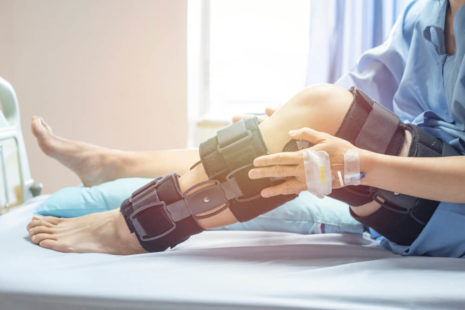Self-releasing tight neck muscles can provide relief from tension and discomfort. Here are some techniques you can try at home:
- Neck Stretches:
- Gently tilt your head to one side, bringing your ear towards your shoulder. Hold for 15-30 seconds, then switch sides.
- Tilt your head forward, bringing your chin towards your chest. Hold for 15-30 seconds.
- Rotate your head to one side, looking over your shoulder. Hold for 15-30 seconds, then repeat on the other side.
- Self-Massage:
- Use your fingers or thumbs to apply gentle pressure to the tight muscles along the sides of your neck and the base of your skull. Gradually increase pressure as tolerated, but avoid pressing too hard.
- Massage the area in circular motions or with upward strokes, focusing on any knots or tender spots.
- Heat Therapy:
- Apply a warm compress or heating pad to the tense muscles for 15-20 minutes. The heat can help relax the muscles and improve blood flow to the area.
- Cold Therapy:
- If the neck muscles are inflamed or sore, you can try using an ice pack wrapped in a cloth for 10-15 minutes. Cold therapy can help reduce inflammation and numb the area to provide pain relief.
- Neck Traction:
- You can use your hands to gently stretch your neck in a vertical direction, pulling your head away from your shoulders. Be cautious not to overextend or force the stretch.
- Chin Tucks:
- Sit or stand with your back straight. Gently tuck your chin in towards your neck, like making a double chin. Hold for a few seconds and repeat several times.
- Foam Roller:
- Lie on your back with a foam roller placed horizontally under your neck. Gently roll your head side to side, massaging the muscles along the back of your neck.
Remember to perform these self-release techniques gently and avoid any movements that cause pain or discomfort. If your neck pain persists or worsens, or if you experience any other concerning symptoms, consider seeking professional help from a healthcare provider or a licensed physical therapist. They can assess your condition, identify the underlying cause of your neck tightness, and provide appropriate treatment and guidance.



